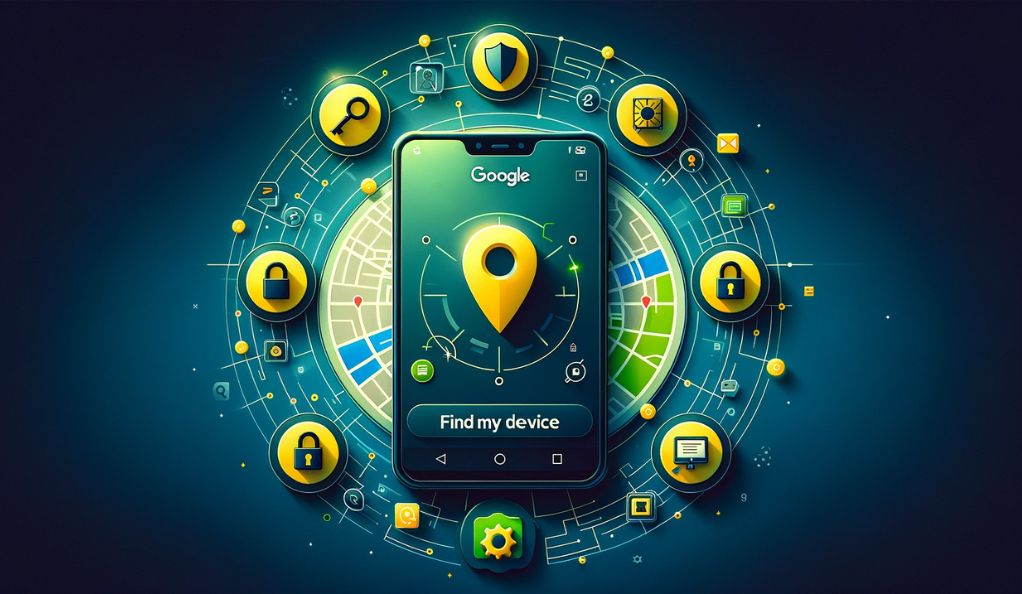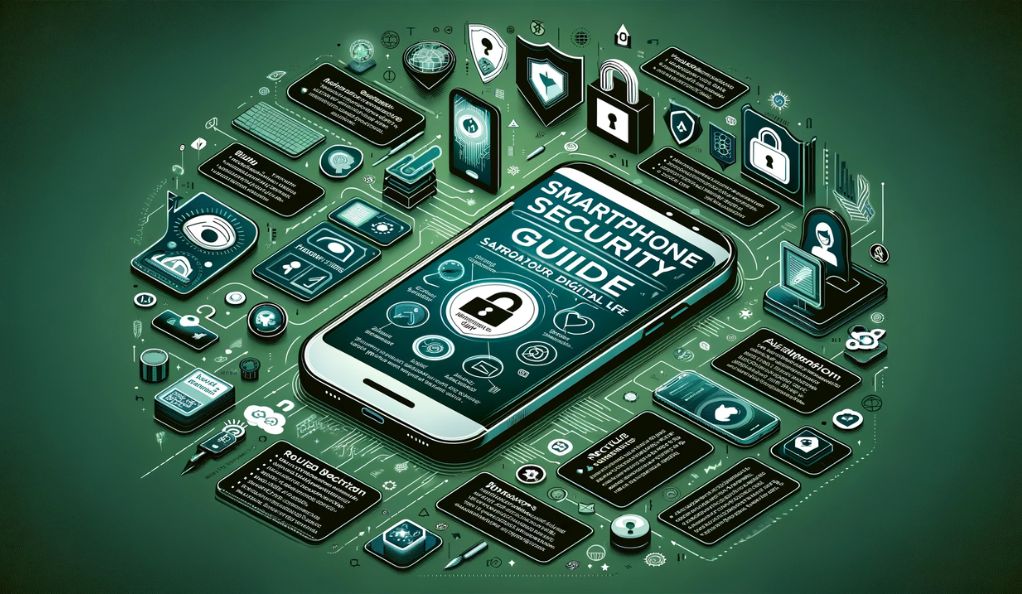In an era where technology seamlessly integrates into our lives, the ability to share locations between devices has become a vital part of our daily interactions. Whether it’s for safety, convenience, or simply staying connected, location sharing plays an indispensable role in our digital world.
Location sharing is more than just a technological novelty; it’s a critical tool for modern living. In emergencies, it can be a lifeline, allowing loved ones to quickly find each other. For businesses, it enables more efficient logistics and real-time updates. It’s also a social convenience, helping friends meet up and stay connected regardless of distance. The importance of this technology in our everyday lives cannot be overstated – it brings peace of mind, enhances social connections, and optimizes various professional operations.

The ability to share location from iPhone to Android encompasses more than just sending a dot on a map. It’s about bridging the gap between different ecosystems and making sure that no matter what device you or your friends, family, or colleagues are using, everyone stays connected. This guide will walk you through the simple steps of sharing your location across these platforms, ensuring that whether you’re planning a meet-up or keeping tabs on your loved ones, the process is smooth and hassle-free. This cross-device connectivity reflects the versatile and interconnected world we live in, where the flow of information remains uninterrupted regardless of the hardware in our hands.
Understanding Location Sharing between iPhone and Android
Location sharing between iPhone and Android devices is a crucial technological capability in our interconnected world. It’s not just about pinpointing a location on a map; it’s about the integration of different operating systems and devices to maintain connections, enhance safety, and facilitate ease in various life situations. Whether it’s for meeting up with friends, tracking a family member for safety reasons, or managing business logistics, understanding how to effectively share location across these two popular platforms is invaluable.
What is Location Sharing and Why is it Important?
Location sharing is the process of using a device, such as a smartphone, to share your geographical location with others. It can be shared in real-time, allowing others to see your movements as they happen, or as a single instance. This feature is crucial for several reasons:
- Safety: In emergency situations, sharing your location can help friends, family, or even emergency services find you quickly.
- Convenience: It simplifies meet-ups, helping you find friends in crowded places or navigate to a specific location.
- Peace of Mind: For parents, location sharing can provide reassurance when their children are traveling alone.
- Business Efficiency: Businesses use location sharing for tracking deliveries and managing field operations.
Compatibility Between iPhone and Android Devices
The compatibility between iPhone and Android devices for location sharing has significantly improved. Initially, the difference in operating systems posed challenges, but with the advent of various apps and updates, these issues have been largely resolved. Here’s what you need to know about their compatibility:
- Cross-Platform Apps: There are several apps available on both the App Store and Google Play Store that allow seamless location sharing between iPhones and Android devices.
- Built-In Features: Both operating systems have built-in features that facilitate location sharing, although they might work differently.
- User Experience: The user experience can vary slightly due to the different interfaces and functionalities of iOS and Android, but the core functionality of location sharing remains consistent.
Through these advancements, staying connected, regardless of your device type, is more accessible and user-friendly.
Step-by-Step Guide to Share Location from iPhone to Android
Sharing your location from an iPhone to an Android device is a useful feature that enhances connectivity and safety. It’s a straightforward process, but one that requires understanding the right tools and steps. In this guide, we’ll walk you through each step to ensure you can share your location with ease, regardless of the device you or your contacts are using.
Using Built-in Features for Location Sharing
iPhone and Android phones have built-in features that allow you to share your location, but the process varies slightly due to the differences in operating systems.
1. On iPhone:
- Open the ‘Find My’ app.
- Click on the ‘Share My Location’ option.
- Enter the Android device user’s email address or phone number.
- Send the invitation to share your location.
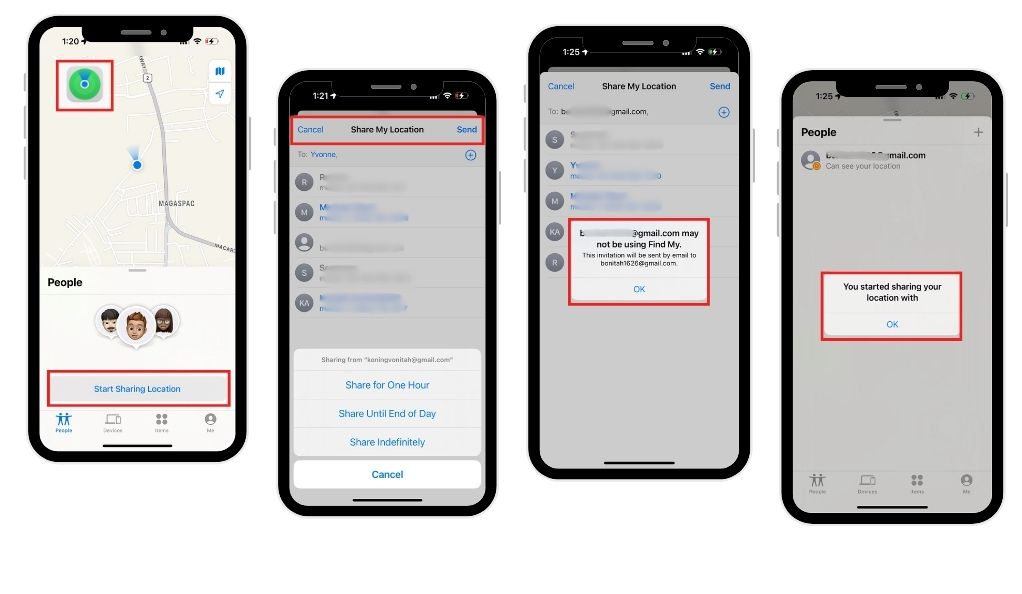
2. On Android:
- The Android user receives a notification via email or text.
- They can open the link in a web browser to view your location.
Remember, the ‘Find My’ app needs to be enabled in your iPhone’s settings for location sharing to work. It’s also important to keep your iOS updated to access the latest features.
Ensuring Privacy and Security in Location Sharing
While sharing your location is incredibly useful, it’s vital to manage it responsibly to protect your privacy and security.
- Selective Sharing: Only share your location with people you trust. Be cautious about who you’re sending your location to and for how long.
- Temporary Sharing: Consider using the ‘Share for One Hour’ or ‘Share Until End of Day’ options for temporary sharing, rather than the ‘Share Indefinitely’ option.
- Monitor Shared Locations: Regularly check who has access to your location. You can do this in the ‘Find My’ app on your iPhone.
- Revoking Access: If you want to stop sharing your location, you can do so anytime. Simply go to the list of people you’re sharing your location with and remove them.
By following these steps and tips, you can make the most out of location sharing features between iPhone and Android devices, while also ensuring your privacy and security are not compromised.
Alternatives for Location Sharing Between Devices
Beyond the built-in features of iPhones and Android devices, there are numerous third-party applications available that offer enhanced location sharing experiences. These apps provide additional functionalities like real-time tracking, location history, and even geofencing, catering to a variety of needs that go beyond basic location sharing.
Third-Party Apps for Enhanced Experience
Several third-party apps have gained popularity due to their user-friendly interfaces and additional features. Here are some notable ones:
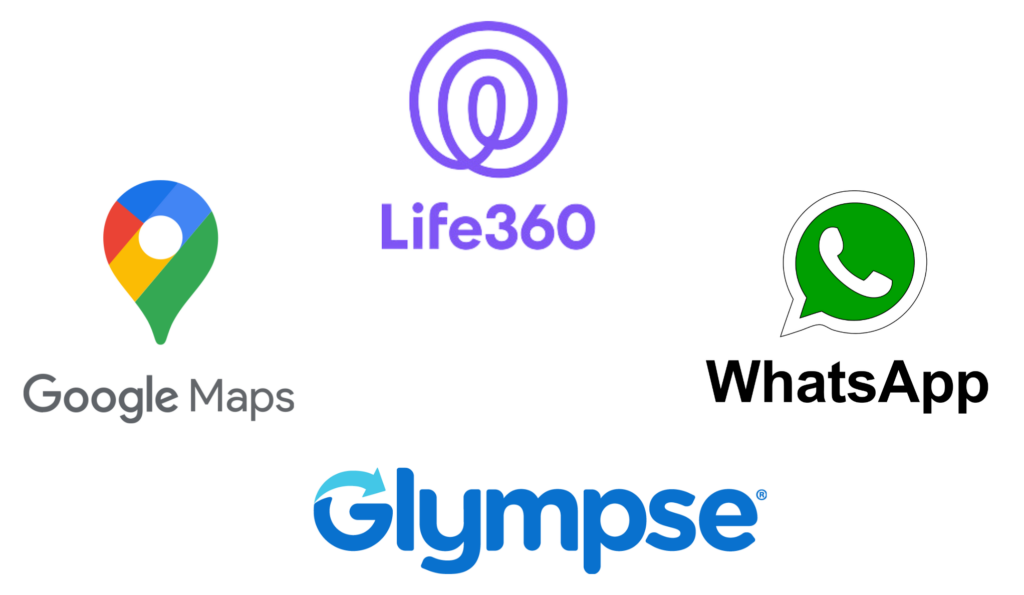
1. Google Maps:
- Allows real-time location sharing with anyone, regardless of the device.
- Users can choose how long they want to share their location.
2. WhatsApp:
- Provides a feature to share your current location or live location for a set period.
3. Life360:
- Designed for family safety, offering features like location history and driving reports.
4. Glympse:
- Allows you to share location for a specified time, perfect for temporary sharing.
These apps require both parties to install the application and create an account, but they offer a more robust set of features compared to standard built-in options.
Addressing Common Challenges in Location Sharing
Location sharing is a feature that has simplified the way we connect with others, but it’s not without its challenges. Understanding these hurdles and knowing how to overcome them can enhance your experience with this technology. This section will cover some of the common issues encountered in location sharing and provide practical solutions.
Solving Compatibility Issues
One of the main challenges in location sharing is compatibility, especially when dealing with different operating systems like iOS and Android. Here are some tips to overcome these issues:
- Use Cross-Platform Apps: Opt for apps that are available on both iOS and Android, such as Google Maps or WhatsApp. These apps ensure a smooth experience across different devices.
- Update Your Devices: Ensure both your iPhone and Android devices are updated to the latest operating systems to avoid any compatibility problems.
- Check App Permissions: Sometimes, the issue might be as simple as not having the right permissions enabled. Check the app settings on both devices to ensure location services are allowed.
By following these steps, you can significantly reduce the compatibility issues and enjoy a seamless location-sharing experience.
Real-Time Location Sharing: Tips and Tricks
Real-time location sharing is a fantastic way to let others know where you are at any given moment. Here are some tips to make the most out of this feature:
- Battery Life Consideration: Continuous location sharing can drain your battery. To conserve battery life, share your location only when necessary.
- Privacy Settings: Be mindful of your privacy. Use real-time sharing judiciously and only with people you trust.
- Use Time-bound Sharing: Many apps allow you to share your location for a specific period. This feature is useful for temporary meet-ups and enhances your privacy.
Implementing these tips will help you use real-time location sharing more effectively, balancing convenience with privacy and battery life concerns.
Advanced Tips for Efficient Location Sharing
Efficient location sharing involves more than just the basic use of features; it requires a deeper understanding of the tools and options available. This section is dedicated to providing advanced tips that will help you get the most out of location sharing, especially in scenarios that require more than the usual approach.
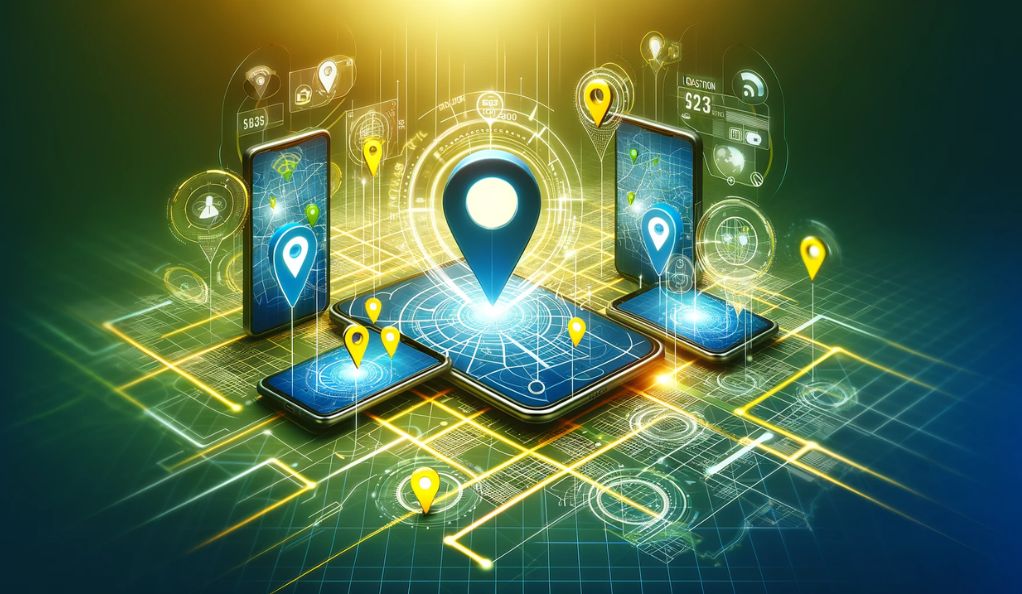
Leveraging New iOS Updates for Improved Location Sharing
Apple’s iOS updates often bring enhancements to location-sharing features, making it essential to stay updated. Here’s how you can leverage these updates:
- Check for Updates Regularly: Ensure your iPhone is running the latest iOS version to access improved location-sharing capabilities.
- Explore New Features: Each update may introduce new functionalities in the ‘Find My’ app. Familiarize yourself with these to take full advantage of the app’s potential.
- Use Location Alerts: Some updates include features that allow you to set alerts when someone arrives at or leaves a specific location.
Staying current with iOS updates ensures that you have access to the latest and most efficient location-sharing tools.
Navigating Through Complex Location Sharing Scenarios
Sometimes, location sharing can involve complex scenarios, like sharing with multiple people or managing location sharing in group settings.
- Group Sharing: Use apps that offer group location sharing, which is useful for events or family outings. This feature allows everyone in the group to see each other’s locations.
- Time-Limited Sharing: For temporary events, use features that allow sharing for a specific duration. This keeps sharing controlled and privacy intact.
- Customize for Privacy: In complex scenarios, customize your location-sharing settings for each individual to maintain a balance between connectivity and privacy.
By understanding and utilizing these advanced tips, you can navigate through various location-sharing scenarios more effectively, ensuring both convenience and privacy are maintained.
Conclusion
Location sharing between iPhone and Android devices embodies a significant technological advancement, pivotal for enhancing safety, convenience, and connectivity in our daily lives. This comprehensive exploration has shed light on the ease of sharing locations across different platforms, addressed compatibility issues, and introduced third-party applications that enrich the user experience. Moreover, we’ve delved into advanced strategies for managing complex location-sharing scenarios, emphasizing the importance of balancing convenience with privacy. As we embrace these evolving technologies, staying informed and adaptable allows us to harness the full potential of location sharing, ensuring a seamless, secure, and efficient integration into our digital routines.


